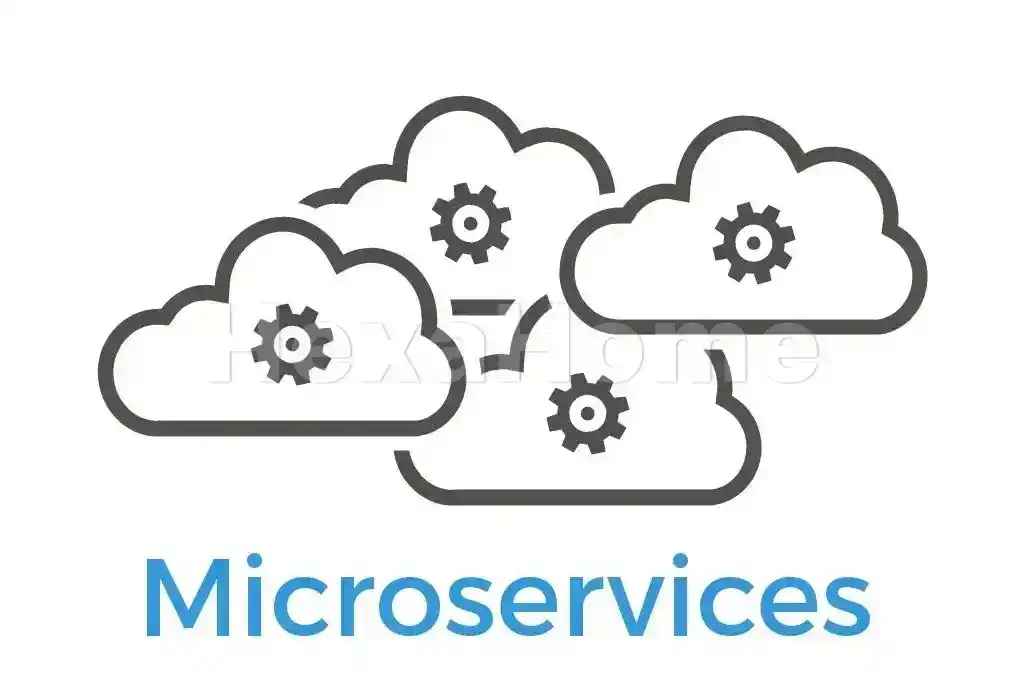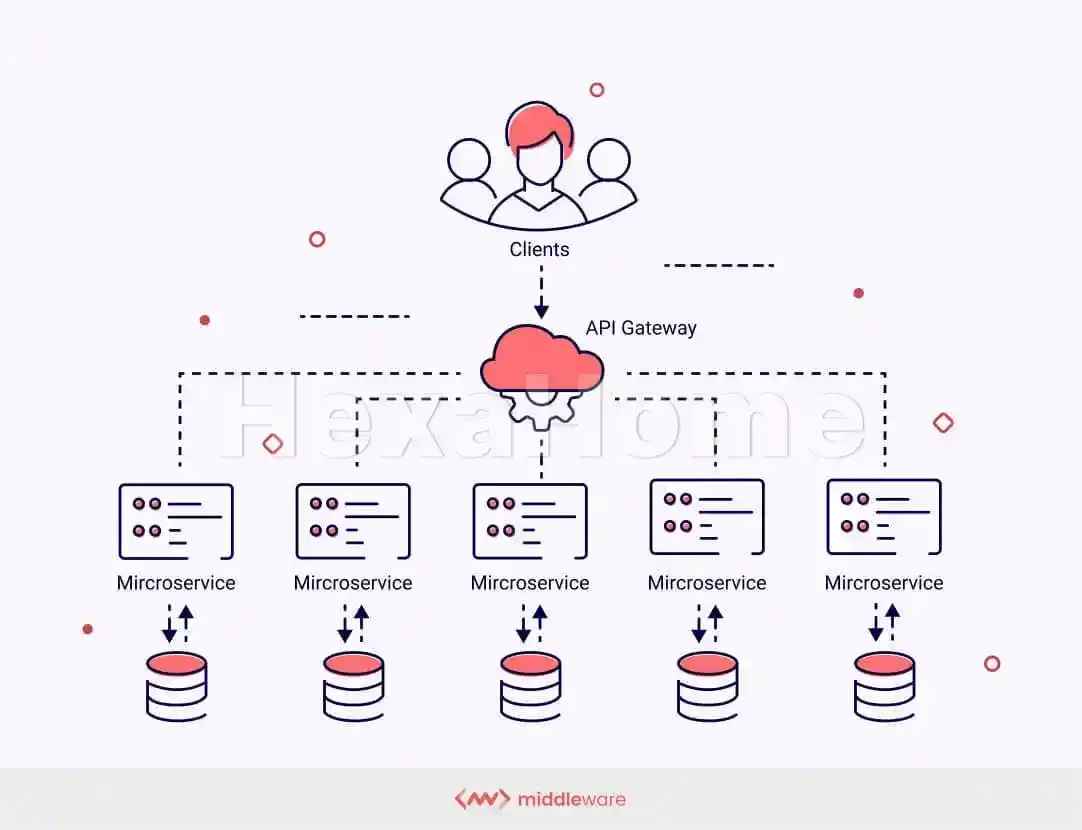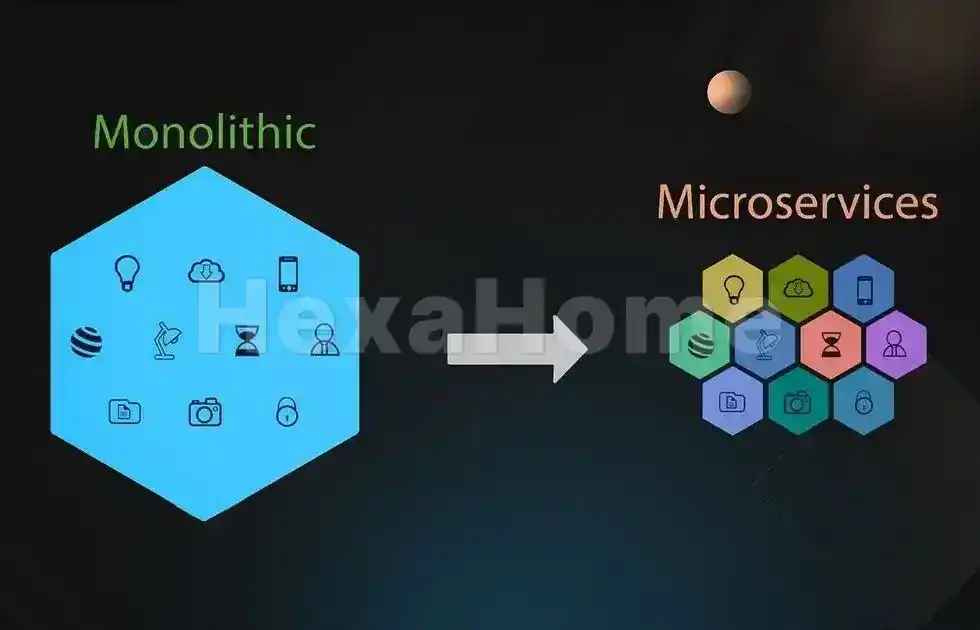Microservices: Transforming Software Development for the Modern Era
Updated on : 20 November, 2024, 12:00 IST

Image Source: xorance.com
Table Of Contents
In the fast-paced world of software development, the microservices architecture has emerged as a groundbreaking approach that fundamentally changes how applications are built and maintained. By breaking applications into smaller, independent services, microservices offer developers the flexibility and scalability needed to meet the demands of today’s digital landscape. In this blog post, we will delve into the essence of microservices, explore their benefits and challenges, examine real-world applications, and discuss best practices for successful implementation.
What Are Microservices?

Image Source: middleware.io
Microservices are an architectural style that structures an application as a collection of loosely coupled services. Each service is designed to perform a specific business function and can be developed, deployed, and scaled independently of other services. This modular approach allows organizations to create more agile and resilient applications compared to traditional monolithic architectures.
Key Features of Microservices
- Independent Deployment: Each microservice can be developed, tested, and deployed independently, allowing teams to release updates without affecting the entire application.
- Focused Functionality: Microservices are built around specific business capabilities, making them easier to understand, develop, and manage.
- Decentralized Data Management: Each service typically manages its own database or data storage solution, promoting data autonomy while minimizing interdependencies.
- API Communication: Microservices communicate with one another through well-defined APIs (Application Programming Interfaces), which standardizes interactions and enhances integration.
- Technology Agnostic: Teams can select the best technology stack for each microservice based on its requirements, enabling innovation without being constrained by a single technology choice.
The Shift from Monolithic to Microservices

Image Source: acropolium.com
Traditionally, applications were built using a monolithic architecture, where all components were tightly integrated into a single unit. While this approach simplifies deployment, it also presents several challenges:
- Scalability Limitations: Scaling a monolithic application often requires scaling the entire system rather than individual components.
- Long Development Cycles: Changes in one part of the application can necessitate extensive testing and redeployment of the entire system.
- Inflexibility: Over time, monolithic architectures can become complex and difficult to manage as new features are added.
Microservices address these challenges by breaking applications into smaller, manageable pieces. This shift not only improves scalability but also enhances agility in development processes.
Advantages of Microservices

Image Source: freepik.com
Adopting a microservices architecture offers numerous benefits for organizations:
- Accelerated Time to Market: Independent development and deployment cycles enable teams to release new features more quickly, allowing organizations to respond rapidly to market demands.
- Enhanced Scalability: Services can be scaled independently based on their specific load requirements, optimizing resource utilization and reducing costs.
- Improved Fault Isolation: If one microservice fails, it does not compromise the entire application. This resilience allows other services to continue functioning normally.
- Greater Flexibility: Teams can experiment with different technologies or frameworks for individual services without impacting the overall system.
- Simplified Maintenance: Smaller codebases are easier to understand and maintain, leading to improved developer productivity and reduced technical debt.
Challenges in Adopting Microservices
While microservices provide significant advantages, they also introduce challenges:
- Increased Complexity: Managing multiple services adds complexity in terms of deployment, monitoring, and communication between services.
- Data Management Issues: Ensuring data consistency across services while avoiding tight coupling can be challenging.
- Inter-Service Communication: Effective communication between microservices is crucial; organizations must choose appropriate protocols (e.g., REST or gRPC).
- Monitoring and Debugging Difficulties: Monitoring distributed systems is more complex than traditional monolithic applications. Robust logging solutions are needed.
- Cultural Shift Required: Transitioning to microservices requires changes in organizational culture, tools, and workflows.
Real-World Applications of Microservices
- Netflix: Transitioned to microservices to improve scalability and resilience for its streaming service.
- Amazon: Employs microservices for order processing, inventory management, and more.
- Uber: Relies on microservices for ride requests, payment processing, and global operations.
- Spotify: Uses microservices for playlist management, user recommendations, and music delivery.
Best Practices for Implementing Microservices
- Define Clear Service Boundaries.
- Utilize API Gateways.
- Automate Testing and Deployment.
- Monitor Performance Actively.
- Embrace Containerization.
- Foster a DevOps Culture.
Conclusion
Microservices empower developers with flexibility, scalability, and reliability for modern applications. While they introduce challenges, adopting best practices ensures smooth implementation and long-term success.


